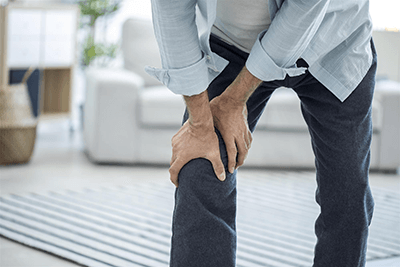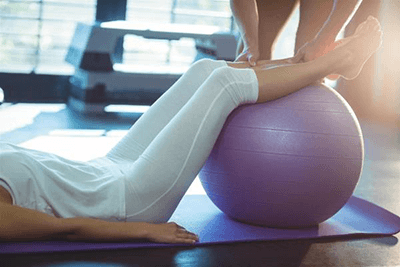Osteoarthritis and the benefits of exercise
What is Osteoarthritis?
Osteoarthritis (OA) is a joint disease affecting the whole joint cartilage. This can begin for no obvious reason and the symptoms can vary over a number of years. It is a process where the protective cartilage on the ends of the bones, which help to provide cushion, degrade, thin and sometimes disappear. The joint capsule, underlying bone and soft tissue can also become affected.
OA is one of the leading causes of physical inactivity in people over the age of 65 year.

Common symptoms of Knee and Hip OA
Common symptoms can include but are not limited to:
Stiffness (most commonly in the morning or after sitting for a period of time)
Swelling
Hot joint
Feeling of Instability on that joint
Walking up or down stairs
Putting on shoes and socks
Benefits of exercise
Cartilage needs moderate load through physical activity to regenerate itself. The articular cartilage (cartilage that covers the bones) contains no blood vessels. In order for it to receive nutrients it requires a process of dynamic loading (exercise). The cycle of loading and unloading the joint promotes the exchange of nutrients, similar to that of a sponge where fluid is drawn in and out. This promotes growth and strength.

Other benefits:
Increases strength of the surrounding muscles and bones to reduce the load and stabilse the affected joint.
Pain relief. The release of endorphins results in less pain and increased feelings of well being
Exercise moves your joints through their range of motion, which will make it easier to do everyday activities, such as putting on shoes and socks.
Weight control
But it hurts when I exercise?
It is normal to have a little pain when you exercise. This can be from muscle soreness (which will disappear as you get stronger and exercise more) or it can be from the joint. A small amount of joint pain is okay as long as it does not increase above an acceptable amount and it should lessen after 24hrs. This acceptable level of pain is often described as a 4/10. If your pain is greater than this level then the intensity or volume may be too great.
As everybody's perception of pain is different, we encourage you to chat to one of our physiotherapists to discuss an appropriate exercise program.
At the Active Answers Physiotherapy we offer the GLA:D program for osteoarthritis. This program will run you through education and exercises sessions to help you get back on track. For more information